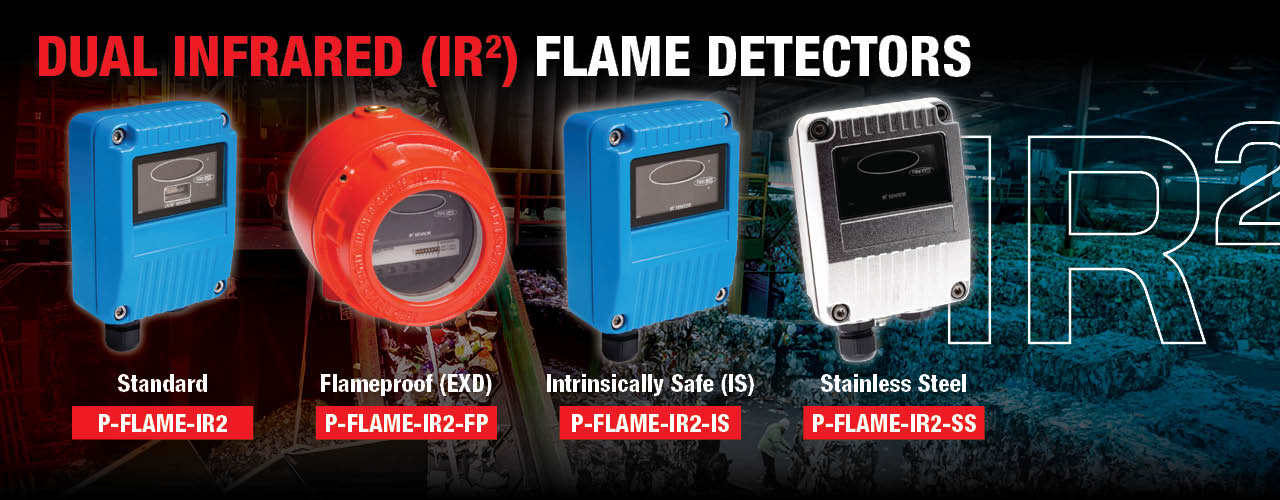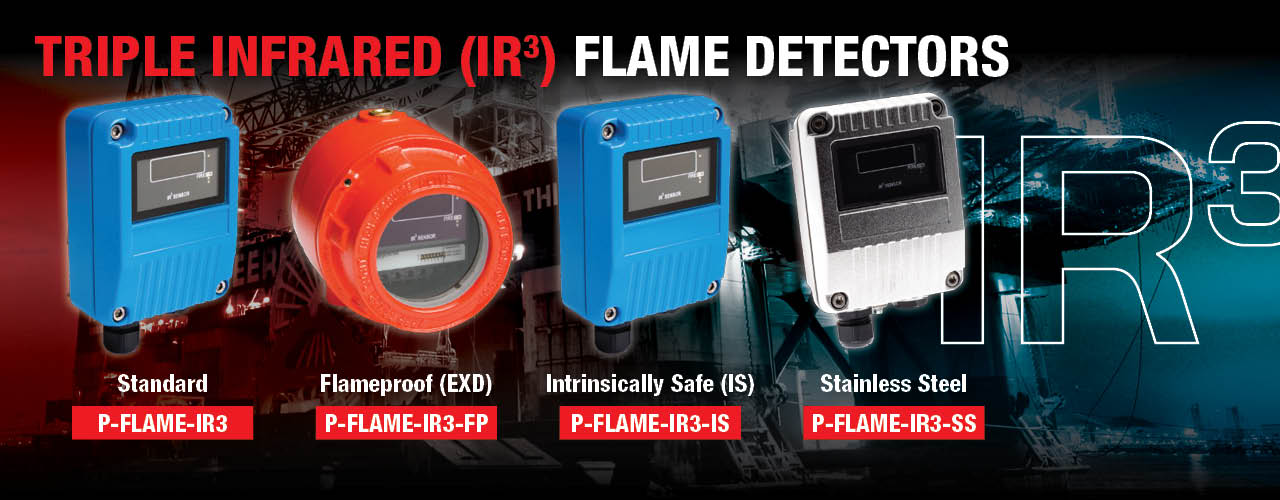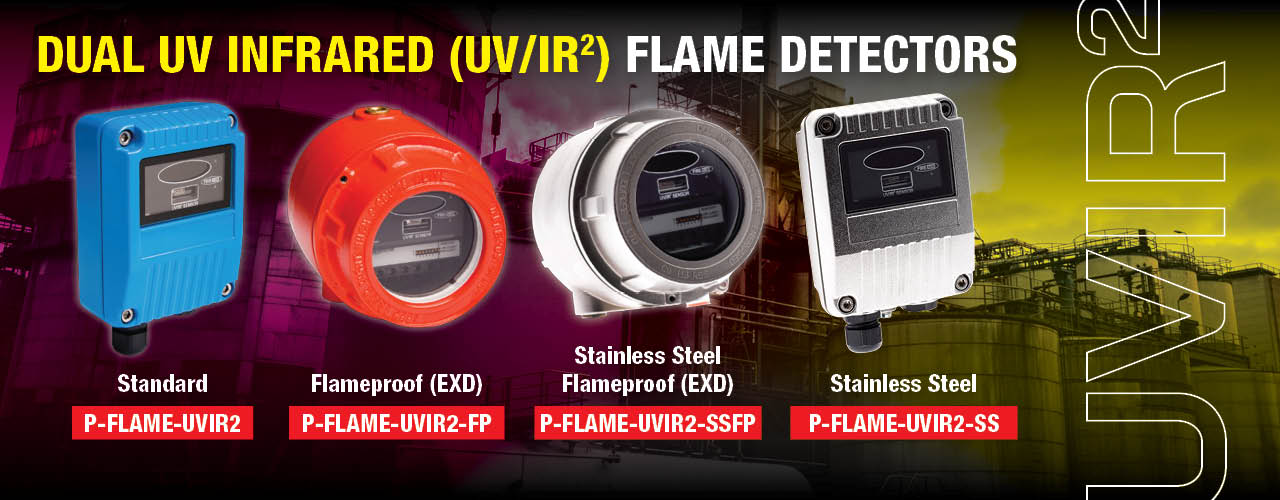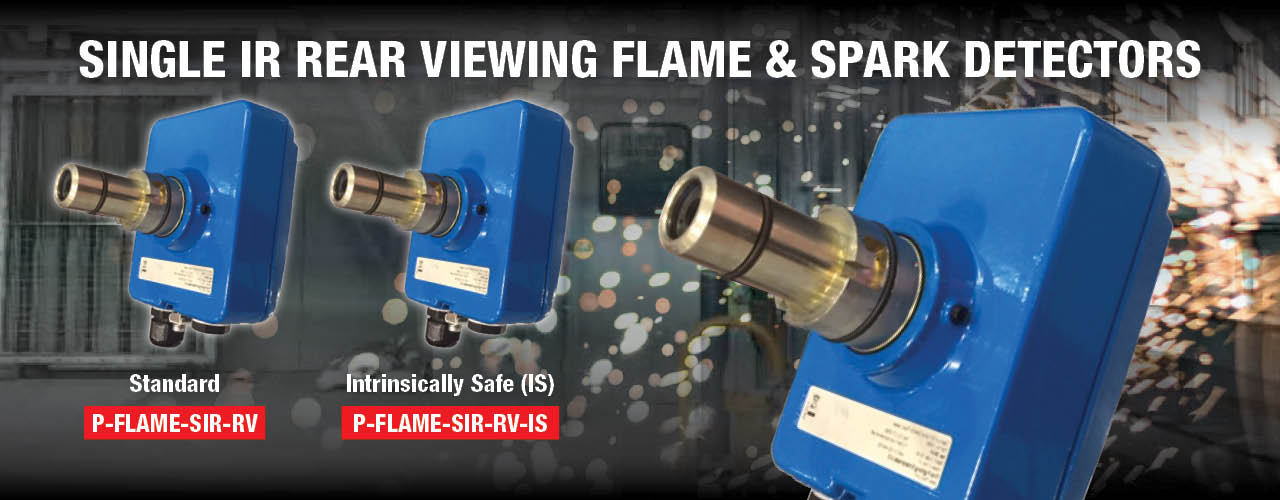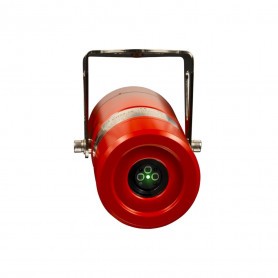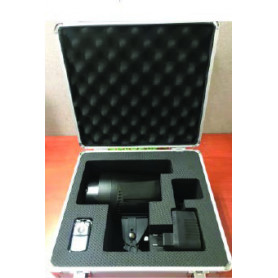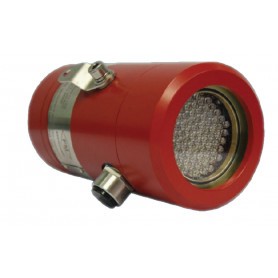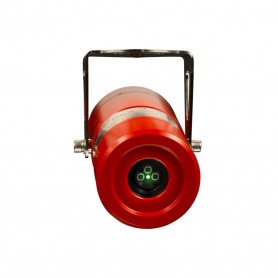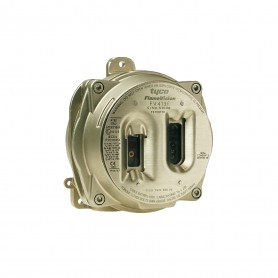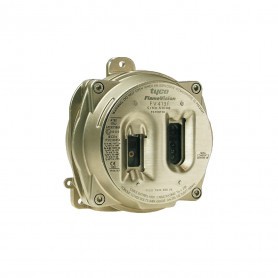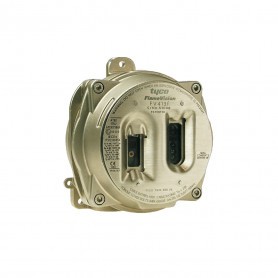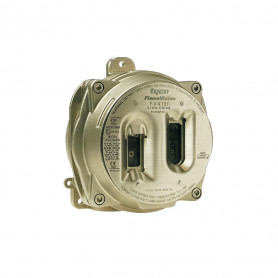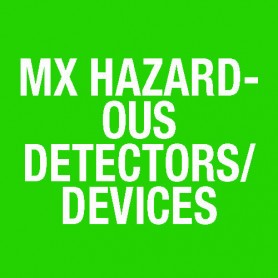Manufacturer & Wholesaler to the Fire Industry
Portable Fire Equipment
AS1851 Testing Equipment
Fire Detection Systems
VESDA & FAAST FLEX Detectors
Exit & Emergency Lighting
Suppression Systems
Fire Fighting Foam
Water & Mechanical
Passive Fire Equipment
HYDRANT LANDING VALVES
BATTERIES
CABLE
Cabinets
Hardware & Fasteners
Signage & Stickers
Pro Audio / Public Address

 Electromagnetic Door Holders & Electric Strikes – FlameStop TV Episode 51
Electromagnetic Door Holders & Electric Strikes – FlameStop TV Episode 51  North Brisbane Branch is Now Open
North Brisbane Branch is Now Open  Protecting Cold Storage Facilities using VESDA ASD – FlameStop TV Episode 50
Protecting Cold Storage Facilities using VESDA ASD – FlameStop TV Episode 50  FlameStop Wins Johnson Controls 2024 APAC Open Globe Award for Outstanding Sales Excellence
FlameStop Wins Johnson Controls 2024 APAC Open Globe Award for Outstanding Sales Excellence 
